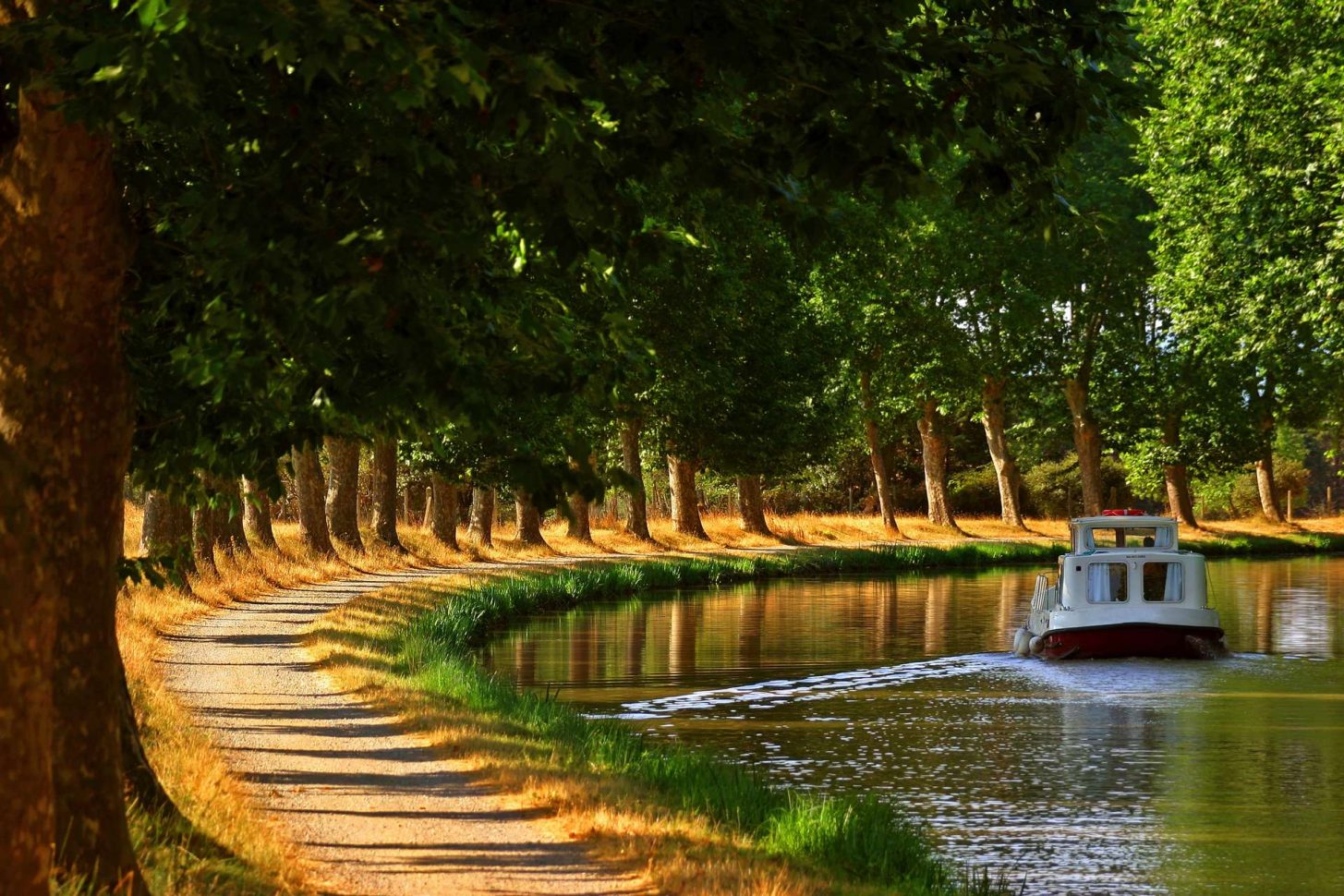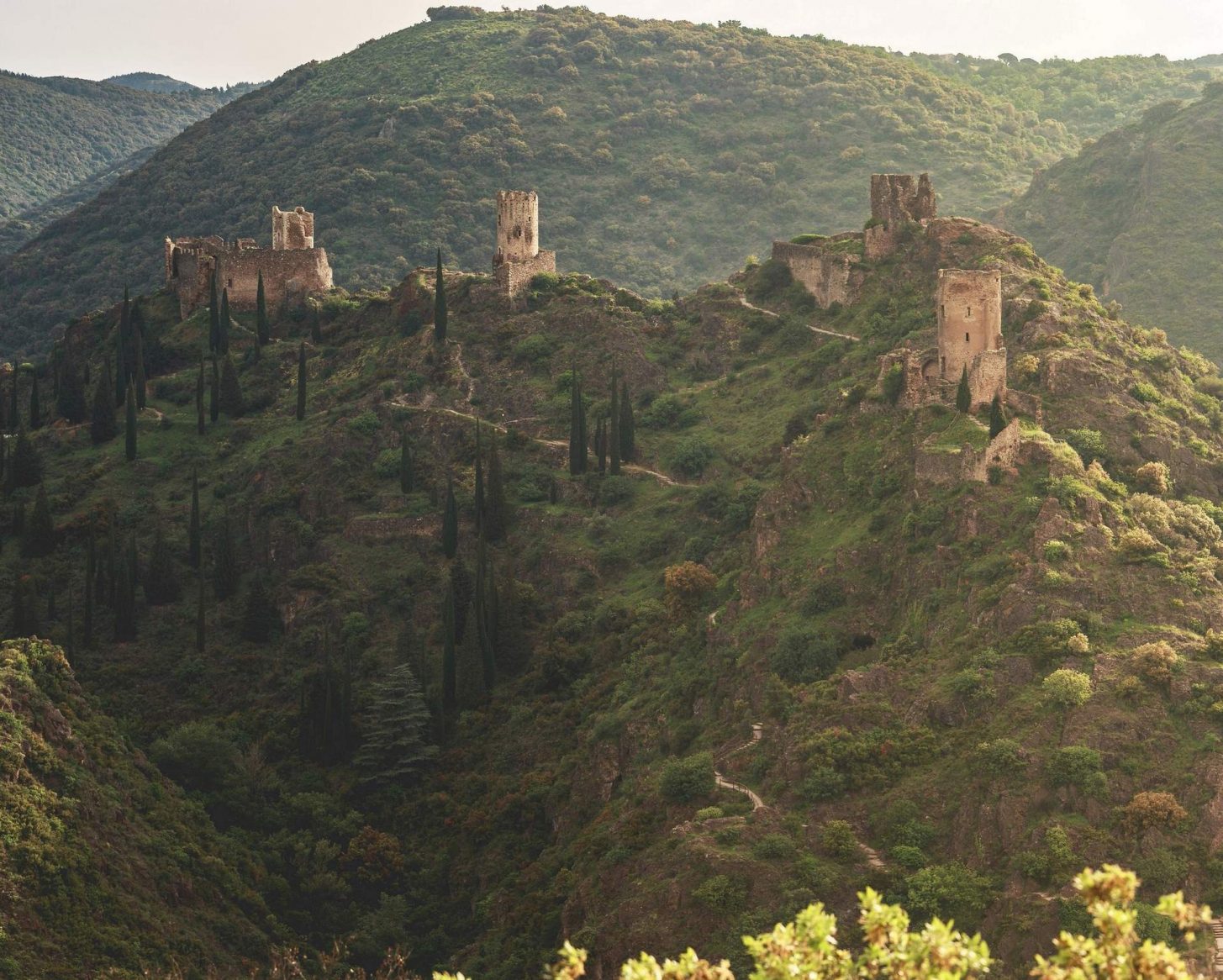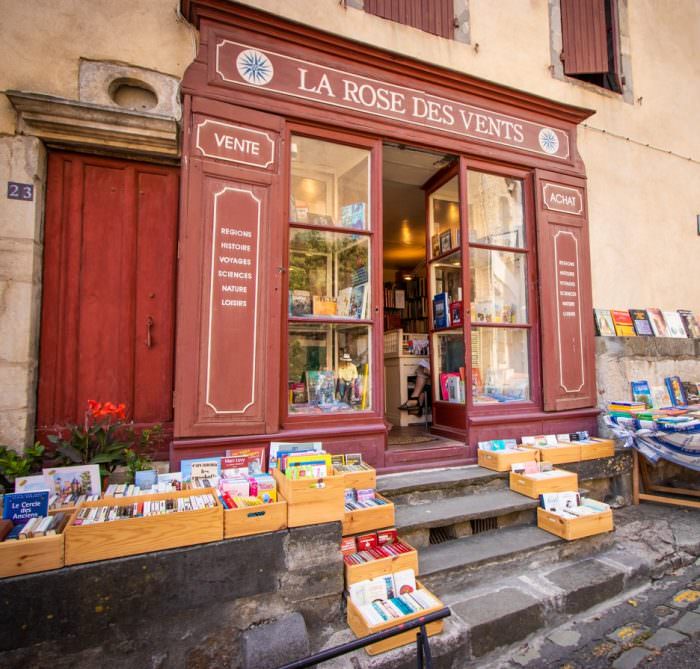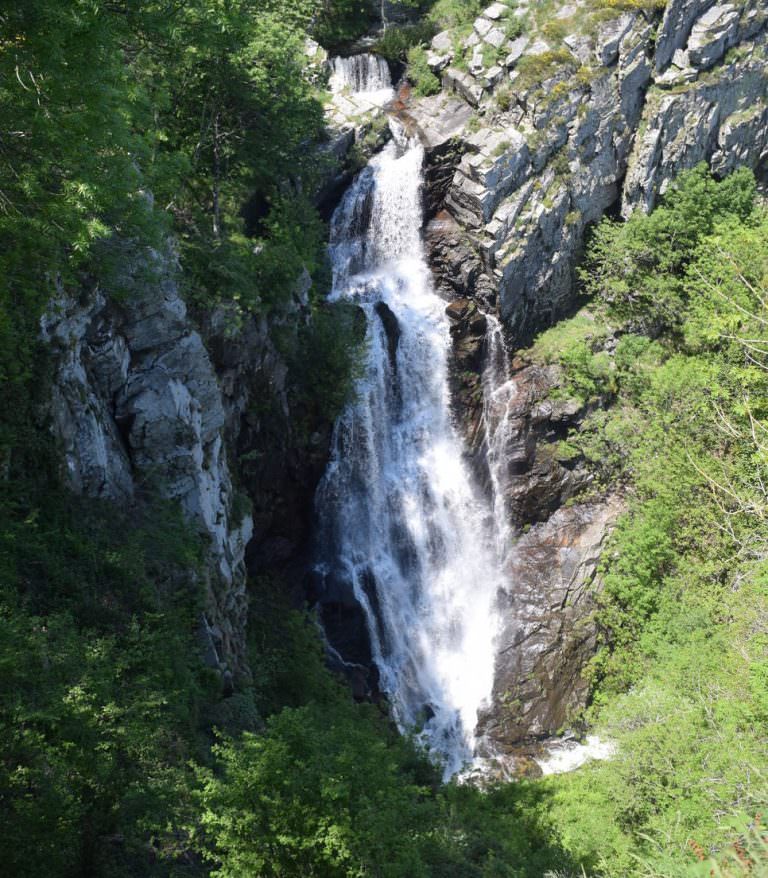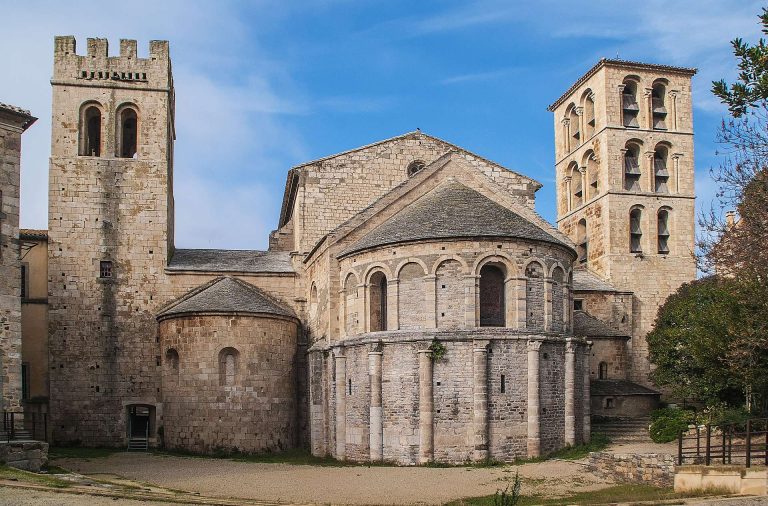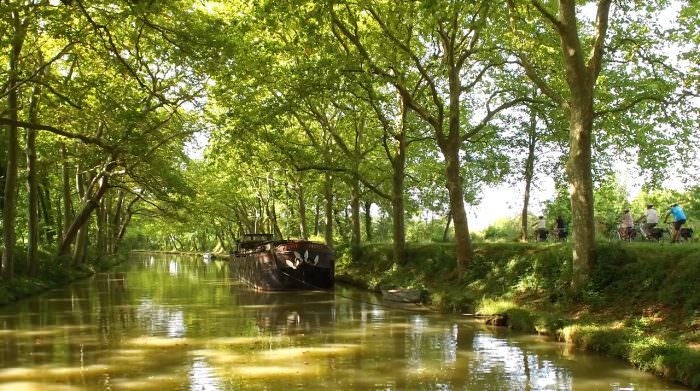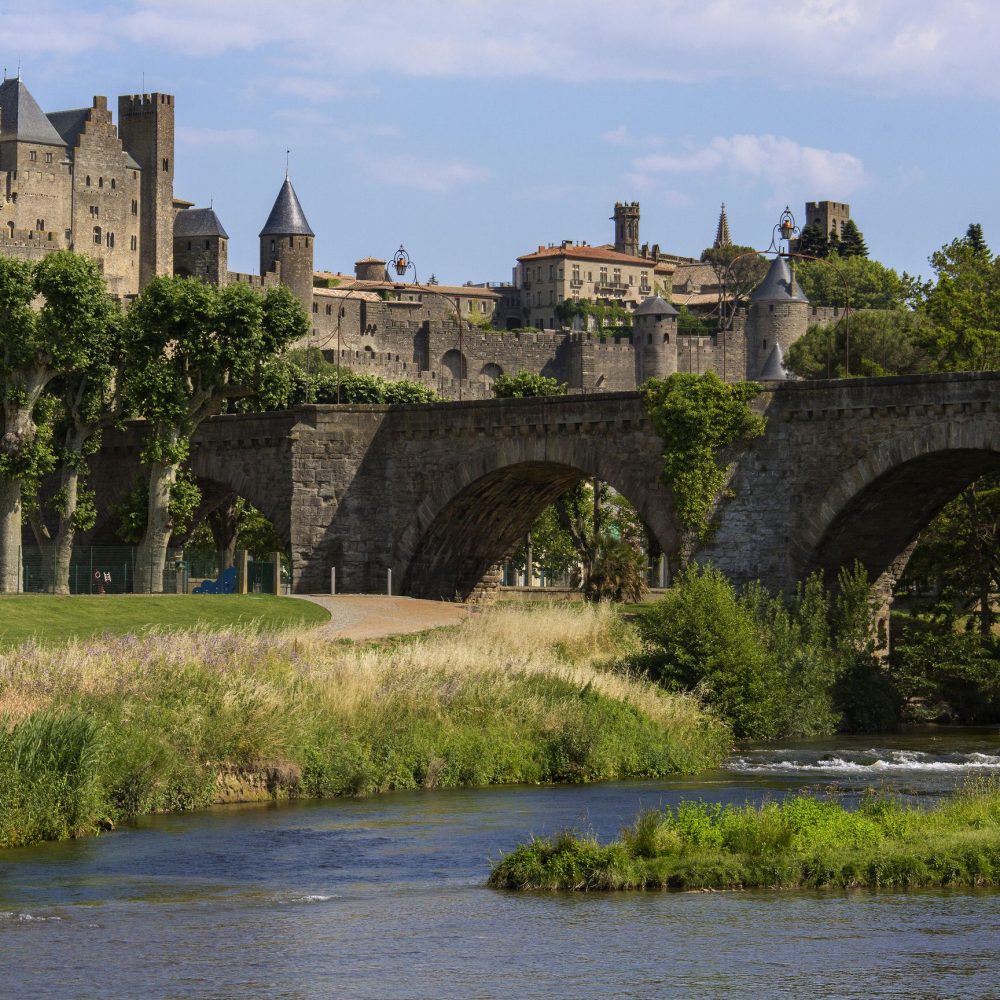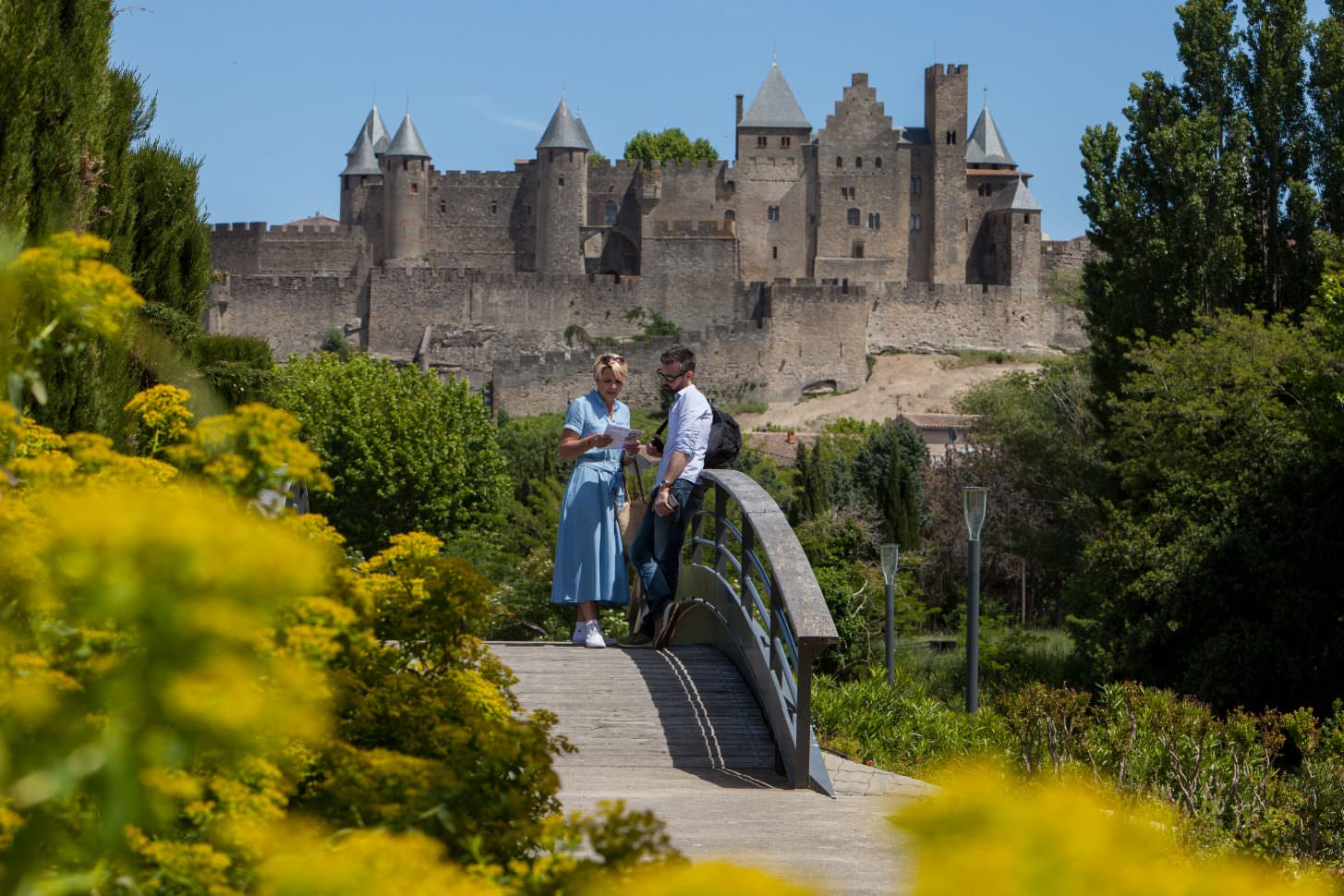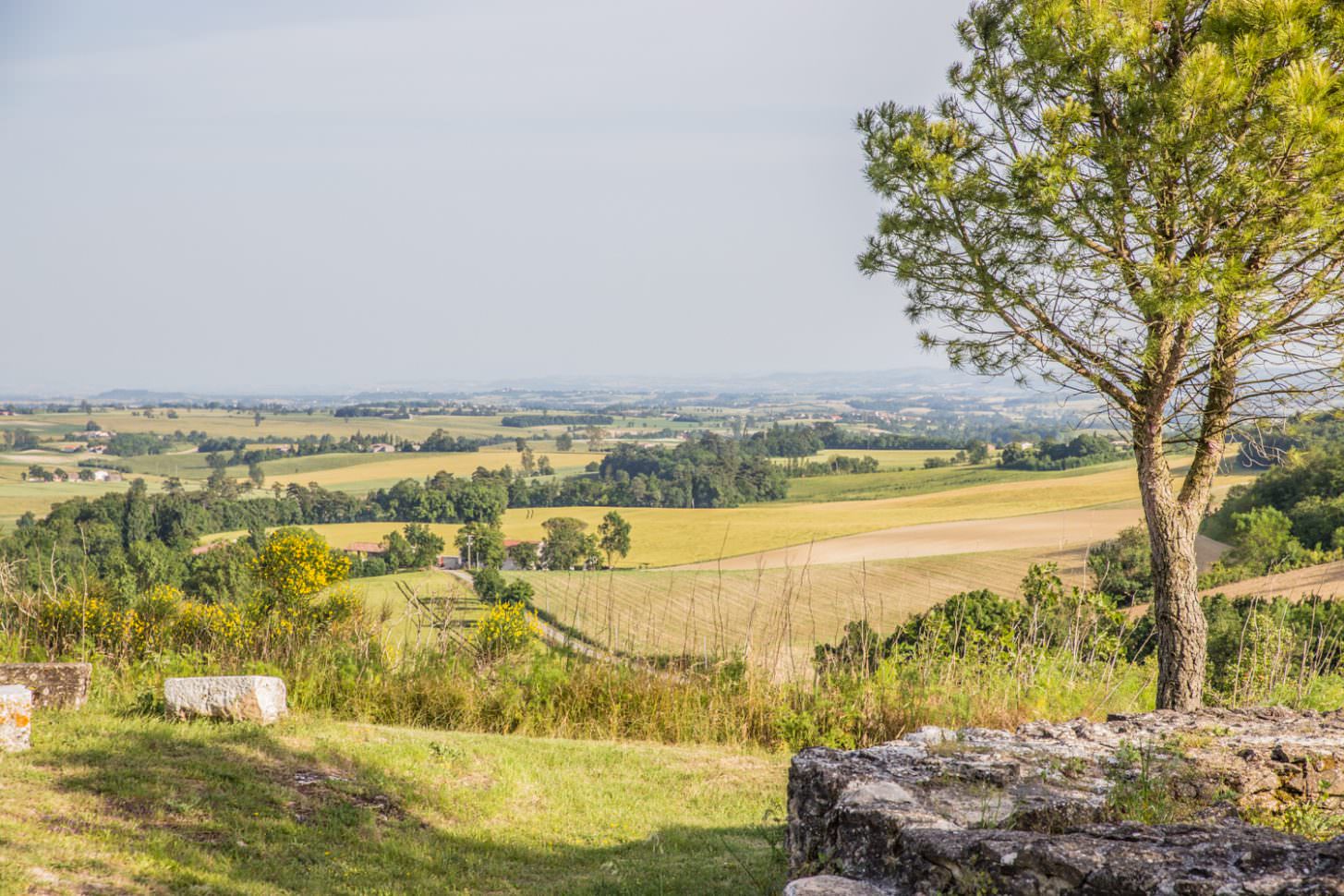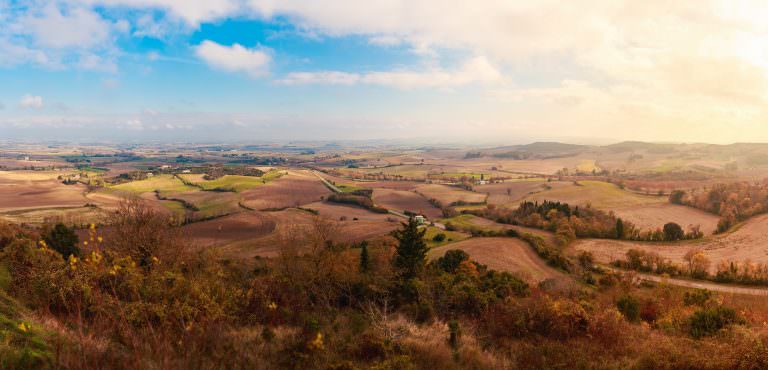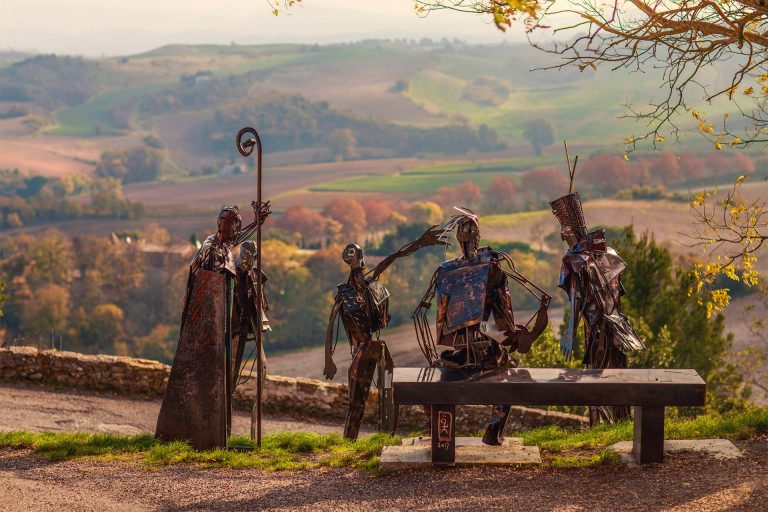This land of lush green meadows, majestic forests, lakes, Medieval castles (Lastours and Saissac), impressive caves (Cabrespine and Limousis) and the Montagne Noire, a mountain range whose summit, the Pic de Nore, rises to 1210 metres, is criss-crossed with hiking paths in every direction.
Newsletter
Inscrivez-vous à la lettre d’information de l’ADT de l’Aude pour recevoir nos suggestions de séjours, de visites, de sorties…

